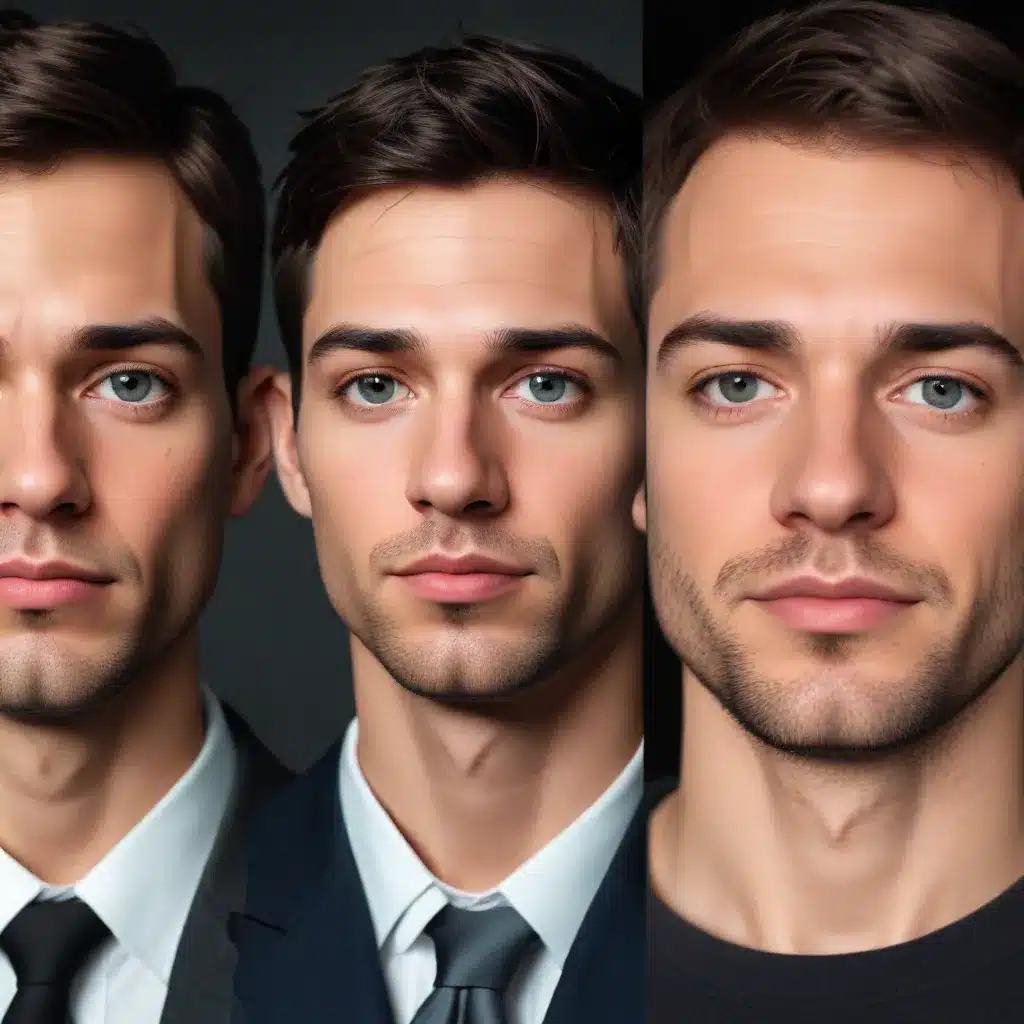
The Rise of Synthetic Media and the Fight Against Misinformation
In today’s digital landscape, the rapid advancements in artificial intelligence (AI) have given rise to a troubling phenomenon known as “deepfakes.” These AI-generated multimedia creations are designed to deceive, making it increasingly difficult to distinguish fact from fiction. The perpetrators behind deepfakes seek to negatively impact public knowledge, mislead people during crises, and sow discord in elections and political discourse.
As deepfakes become more prevalent, they have raised significant concerns for the media and the public at large. Silas Jonathan, a researcher at Dubawa and a fellow at the African Academy for Open Source Investigation, emphasizes that “the more that disinformers succeed in deploying deepfakes, the more credibility the media loses as audiences become less able to determine what is real and what isn’t.”
However, AI can also be the solution to the deepfake problem. Journalists and fact-checkers have access to a growing arsenal of AI-powered tools to combat these synthetic media creations. Let’s explore the landscape of deepfake detection and the practical steps you can take to separate fact from fiction.
The Anatomy of Deepfakes
Deepfakes are the result of combining “deep learning,” a subset of machine learning, with the concept of creating fake content. At their core, deepfakes use sophisticated algorithms to manipulate visual and audio data, replacing the appearance and voice of an individual with a synthesized likeness.
The process typically involves two key components:
-
Generative Adversarial Networks (GANs): These deep learning models compete against each other to generate increasingly realistic fake images, videos, or audio. One network generates the content, while the other network aims to detect the forgeries, leading to a continuous cycle of improvement.
-
Encoder-Decoder Systems: These algorithms first encode the characteristics of a target individual’s face or voice, then use a decoder to swap that information onto a different person’s visual or audio data, effectively creating a convincing deepfake.
As the technology behind deepfakes continues to evolve, the quality and sophistication of these synthetic media creations have improved dramatically. What was once easily identifiable as a deepfake is now becoming increasingly difficult to detect, posing a growing threat to our digital landscape.
The Impact of Deepfakes: From Scams to Disinformation
Deepfakes have already caused significant disruption and harm in various domains. In May 2023, AI-generated images of an explosion at the U.S. Pentagon went viral, sowing confusion and uncertainty. Earlier that year, false deepfake images of former U.S. President Donald Trump being arrested and Pope Francis wearing a puffer coat also spread widely on social media.
The threat extends beyond just misleading images and videos. During Nigeria’s 2023 general election, manipulated audio clips were used to claim that presidential candidate Atiku Abubakar, his running mate, Dr. Ifeanyi Okowa, and Sokoto State Governor Aminu Tambuwal were planning to rig the vote.
These examples highlight the diverse ways in which deepfakes can be weaponized to undermine public trust, sow discord, and manipulate public opinion. The implications span from political campaigns to crisis response, financial fraud, and even personal reputational damage.
Combating Deepfakes: The AI Solution
As AI has become the problem, it is also becoming the solution. Journalists and fact-checkers are leveraging a growing arsenal of AI-powered tools to detect and combat deepfakes.
Some of the key tools and techniques include:
-
TensorFlow and PyTorch: These free, open-source deep learning frameworks can be used to train neural networks to analyze images, videos, and audio for signs of manipulation. By feeding the models examples of real and fake media, they can learn to identify inconsistencies in facial expressions, movements, or speech patterns that indicate a deepfake.
-
Deepware: This open-source technology is dedicated to detecting AI-generated videos. Users can upload videos to the Deepware scanner, which analyzes the content for signs of synthetic manipulation, particularly focusing on the human face.
-
Sensity: This advanced machine learning-based tool specializes in deepfake detection and AI-generated image recognition. It can analyze visual and contextual cues to identify if an image has been artificially created.
-
Hive and Illuminarty: These free tools enable users to quickly scan digital texts and images, verifying their authenticity and detecting AI-generated content.
While these tools are not 100% accurate, they provide a valuable first line of defense against the onslaught of deepfakes. Journalists and fact-checkers can also rely on critical observation, looking for inconsistencies in facial features, lip movements, and other visual cues that may indicate a deepfake.
Empowering Professionals and the Public
Combating deepfakes is not just the responsibility of media and fact-checking organizations. It’s a collective effort that requires the vigilance and awareness of IT professionals, businesses, and the public at large.
As an IT expert, it’s crucial to stay up-to-date with the latest developments in deepfake detection and the tools available to combat them. Familiarize yourself with the capabilities and limitations of these AI-powered solutions, and share your knowledge with colleagues and clients.
Encourage a culture of skepticism and critical thinking when it comes to online content. Educate your team and clients on the telltale signs of deepfakes, such as inconsistencies in facial features, unnatural lip movements, and suspicious audio-visual synchronization.
By empowering professionals and the public to recognize and question dubious digital content, we can collectively strengthen our resilience against the threat of deepfakes. Remember, the fight against misinformation is an ongoing battle, and staying informed and vigilant is key to separating fact from fiction in the digital age.
To stay ahead of the curve, visit the IT Fix blog for more practical tips and in-depth insights on technology, computer repair, and IT solutions. Together, we can navigate the challenges posed by deepfakes and ensure the integrity of information in our digital world.












